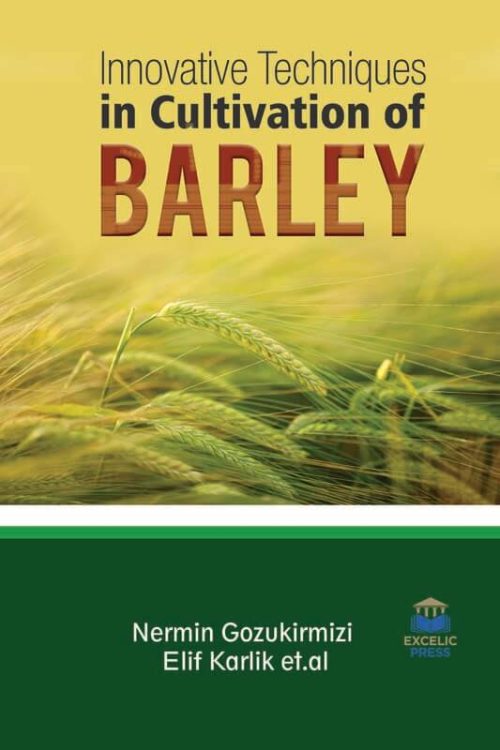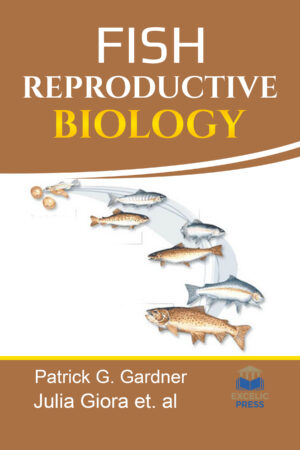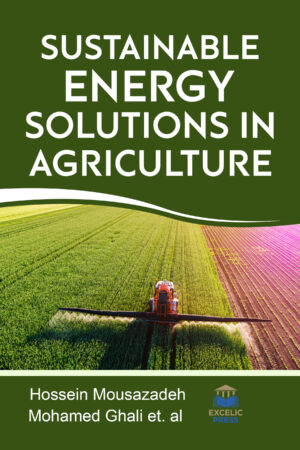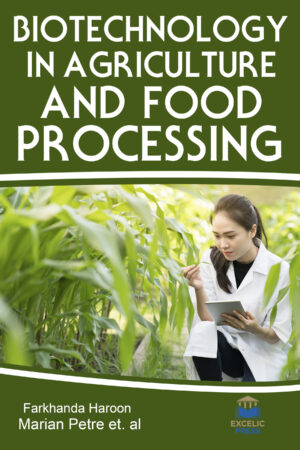Description
Barley has been cultivated for more than 10,000 years. Barley improvement studies always have the privilege of breeders and scientists. Currently, wheat, barley, and oat production exceed consumption in developed countries, while in developing countries the consumption rate is higher than production. Current production levels and trends will not be sufficient to fulfill the projected global demand spawned by the increasing population pressure. Barley, which is also an excellent model plant for biochemists, physiologists, geneticists, and molecular biologists, is one of the world’s earliest domesticated and most important crop plants.
This book is intended to provide state of the art information for students and researchers interested in barley improvement research in terms of mutation breeding, tissue culture, gene transfers, gene editing, molecular markers, transposons, epigenetic, genomic studies, and system biology. It is aimed to discuss some important and/or recent studies and improvements about barley for understanding the factors responsible for converting barley plants into the superior cereals, which occurred through gene transfers, gene editing, and molecular breeding, which is important and could, help us enhance the current pool of cultivated barley species to provide enough material for the future.
The book also aims to investigate the basic research problems in order to affect and improve methods for breeding programs. Both radiation and chemical mutagenesis have been separately used to increase the numbers of barley cultivars which may have desirable traits. This book also aimed to discuss some important and/or recent studies and improvements about barley for understanding the factors responsible for converting barley plants into the superior cereals, which occurred through gene transfers, gene editing, and molecular breeding, which is important and could help us enhance the current pool of cultivated barley species to provide enough material for the future.





